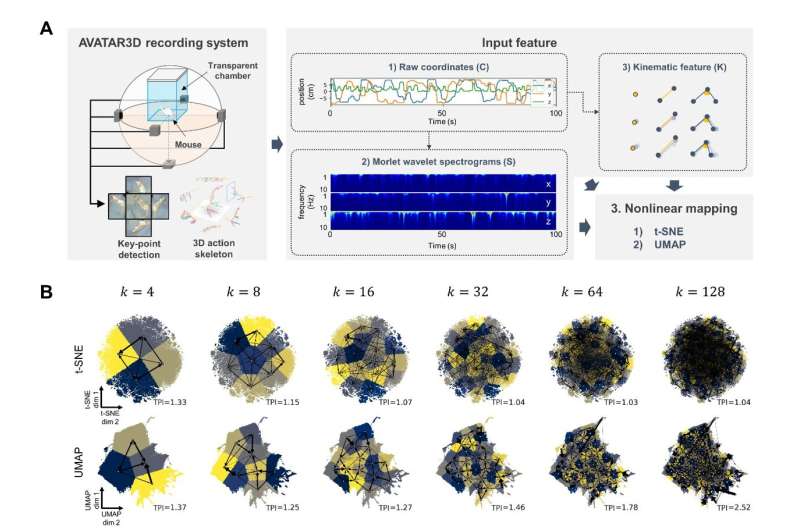Researchers produced a new AI tool which they can employ to investigate the actions of animals. Posing as an important component in numerous types of studies such as neuroscience and disease, the comprehension of animal behavior also finds its applications in fields like robotics.
Normally, scientists would record animals using one camera while analyzing simple data that only show how frequently an animal moves. This process can be slow, labor-intensive, and subjective because people could make judgments that lead them astray.
In what was published on the International Journal of Computer Vision, a research team led by Director C. Justin Lee and CI Cha Meeyoung unveiled SUBTLE—a new tool for studying animal behavior with the help of artificial intelligence (AI) through 3D movement data.

Here is a breakdown on how SUBTLE operates:
Recording movements: They recorded mice with multiple cameras then tracked specific points on their bodies such as heads, legs or hips so as to obtain 3D information about their movements.
Data simplification: The researchers simplified this into 2D for easier analysis.
Clustering behaviors: Similar behaviors were grouped together into clusters representing different standardized behavioral patterns like walking or grooming among others.
New metric: They created a new method called Temporal Proximity Index (TPI), which measures these behavior patterns over time more accurately by ensuring that the clusters indeed reflect them throughout time periods.
According to CI Cha Meeyoung, this new invention combines neurology with data science making it much simpler for researchers involved in classifying animal behaviors; besides having various applications including robots which aim at mimicking animals’ motions
On his part Director C Justin Lee stated “It reduces human intervention required” while adding “it greatly helps us understand intricacies behind what appears complicated about some animals” He also said there were many industrial uses possible too since this technology could tell us more about brain mechanisms recognizing behaviours.
Source: phys




